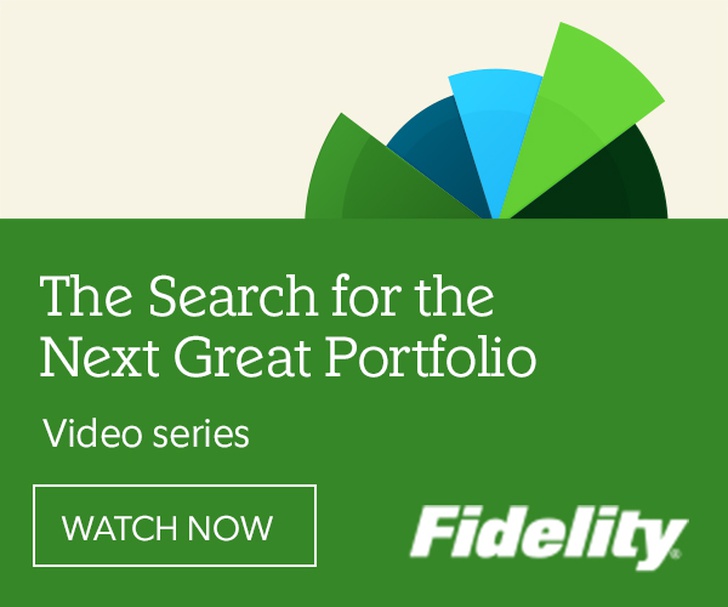At a pivotal time of increasing client interest and adoption of social investing that is still confronting ongoing misconceptions and push back from some corners of government oversight and advisor skepticism, the Institute is happy to announce a new, much needed, professional research and thought leadership based resource covering the full social landscape of ESG, impact, and sustainable investing. The first issue of The Journal of Impact and ESG Investing has just been launched this month by Portfolio Management Research which is a leading provider of independent financial research within the investment sector.
We decided to reach out to Brian Bruce, CEO & CIO of Hillcrest Asset Management, who is the Editor of the new publication. He is an experienced and resourceful editor having developed a number of other insightful Journals including the Journal of Behavioral Finance. The social investing arena is projected by many to explode in popularity over the next decade - especially with the visceral nature of COVID19 illustrating the connections between corporate, government, economic, health and personal realities. We were very interested to explore and understand the behind-the-scenes workings and the kind of journey this Journal and its editorial efforts will be taking us.
Hortz: What are the components and staffing requirements needed to launch a research Journal? What does the behind-the-scenes structure look like?
Bruce: In putting this journal together, I started by assembling the best editorial team and advisory board by inviting the top people in the ESG field. We are very happy to welcome Bruce I. Jacobs from Jacobs Levy Equity Management as an Advisory Editor. His support is a key to launching this journal. Bruce is joined by 27 other luminaries from leading investment managers, data providers and academics who have graciously accepted our offer to join the advisory board.
Hortz: What is the curation process you developed to find and choose articles and research for publishing in your Journal? How do you balance objective versus subjective biases throughout the process?
Bruce: It is our goal to publish very well researched articles in the field. It does not matter if it is pro ESG or anti ESG. If researchers have issues with how ESG is implemented in the institutional investment universe, we want to know about it. The only way the field will get better is to have an honest and open dialog from multiple perspectives about the pros and cons.
Hortz: As an experienced multi-Journal Editor, what seems to be the most important dynamic you need to maintain an ongoing successful journalistic effort and engagement with readers?
Bruce: What is most important is to stay abreast of current trends in the field. We are constantly talking to our advisory board and monitoring industry events. When we hear about interesting topics, we put out a solicitation to our network of researchers and thought leadership authors to insure that the journal will be publishing articles on those topics. The key is to provide practical, timely and actionable research that will help inform investment practitioners and potential investors.
Hortz: What is your personal experience and background in social investing?
Bruce: I became involved in with ESG investing back in the 1990’s when it was known as Socially Responsible Investing (SRI). I was at State Street Global Advisors (SSgA) when we created a South Africa Free fund. It was one of the first large institutional SRI funds. After leaving SSgA in the late 90’s, I organized the Colloquium on Socially Responsible Investing at the University of Chicago, edited the Handbook of Socially Responsible Investing, and was asked by Lloyd Kurtz to head the judging for the Moskowitz Prize which I continue to do today. The Moskowitz Prize recognizes outstanding research papers that are relevant to investment practitioners in sustainable and responsible finance and has been critical to the growth of academic work in the field.
Hortz: Why do you feel this Journal and its editorial goals are important at this juncture of the evolution of this investment arena?
Bruce: I have seen the field change from SRI to ESG and recently expand to include the concepts behind sustainable and impact investing. A recent paper from Boston Consulting Group claims that investing has moved from stocks and bonds to private equity, passive investing and ESG. I have not been able to find any of the 30 largest institutional money managers in the US who do not have ESG capabilities. With this growth in the field, it is clearly time for a journal dedicated to it. Misconceptions and confusion about the field still exist and we need a journal to thoroughly examine all the issues.
Hortz: Do you see a discrepancy between what social investment topics are trending in general versus topics and discussions most needed at this time?
Bruce: The topics that are currently trending are the topics we will be covering. We have a diverse advisory board that will continue to seek out important topics. One of the current hot topics is the DOL efforts in curbing ESG in retirement plans. We are organizing a round table to discuss this topic for the Journal.
Hortz: Any last points or recommendations you would like to share with advisors and industry leaders about social investing and its place in client portfolios?
Bruce: The concept of “responsible” investing is becoming more important to many investors. The growth in the field will be tremendous over the rest of the decade as a July 2020 SSgA ESG White Paper expects assets under management to grow from $170 billion to over $1.3 trillion. If clients are not asking for responsible products now, they will be. The Journal will be here to support efforts to enhance investment and risk management strategies, as well as help substantially address client’s questions on key social investment issues.

Related: The Renewable Energy Alternatives That Will Shape the Future



